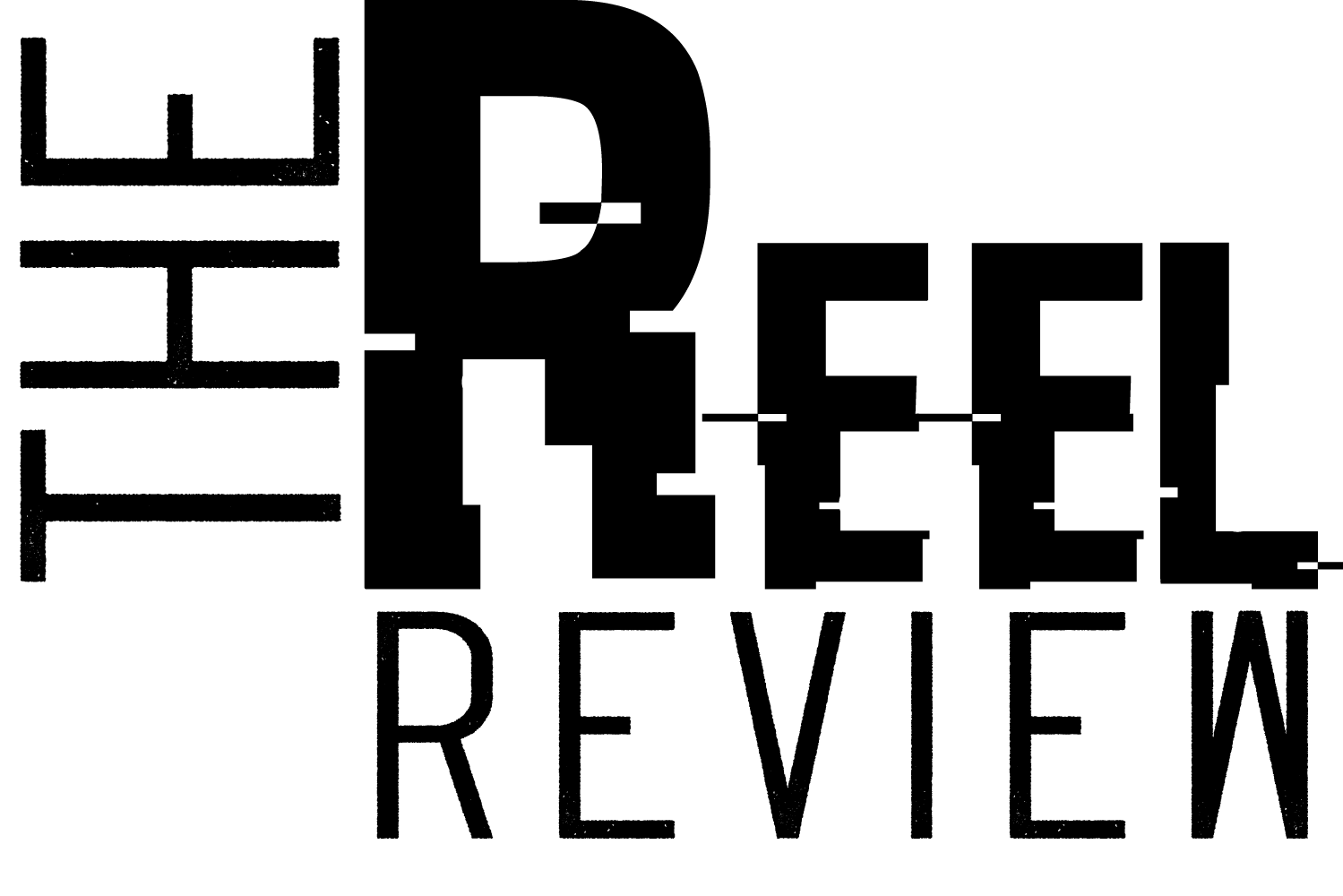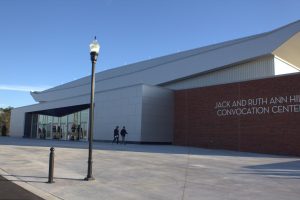Spring movie series: Saban’s The Power Rangers Review
April 7, 2017
Like many other 90’s kids, I wanted to flock to the theater to glimpse the most recent film adaptation of “The Power Rangers”. The film, released in American theaters on March 24, chronicled the beginning of the superhuman fighting squad.
The movie centered around Dacre Montogomery, the red ranger, Naomi Scott, the pink ranger, RJ Cyler, the blue ranger, Ludi Lin, the black ranger and Becky G., the yellow ranger.
They were complemented by high-profile actress Elizabeth Banks, who played Rita Repulsa, the villian, and Bryan Cranston, who played Zordon, the Power Rangers’ guide.
The movie’s plot starts with Montogomery’s character, Jason Scott, being sent to detention. Upon arriving at the school, he meets Naomi Scott’s character, Kimberly Hart and RJ Cyler’s character, Billy Cranston.
Billy convinces Jason that it is a good idea to explore an old gold mine that Billy’s father used to visit with him. Against better judgment, Jason agrees to Billy’s idea and they go to the mining facility.
While there, they meet the other two main characters, Lin’s Zack Taylor and Becky G.’s Trina Kwan. Billy does something rather stupid that leads to the quintet finding the alien coins which give them their powers.
The group decides to return to the area where they discovered the coins. In doing so, they find the ship that contains their mentor, Zordon’s, consciousness.
At the same time, the villian is revealed when Rita Repulsa, a former Power Ranger who betrayed her comrades, is revived. Her main goal is to raise Goldar, a former powerful knight of hers, to find the Zeo Crystal, the source of all life on Earth. If she acquired it, then she could use the crystal to single-handedly destroy all life on Earth.
Zordon, a former fighter alongside Repulsa, urges the current ower Rangers to train in light of Rita’s deadly ambitions. They have a limited amount of time before Rita has the power, Goldar, to find the crystal.
The movie started off less intense. As hinted in the trailer, it actually had a kind of “Breakfast Club” vibe when Jason met Billy and Kimberly. Those themes of being brought into a group and not having to be an outcast served as a lure to keep watching.
As well, the movie accomplished somewhat of an interesting balance as far as product placement goes. Vaughn Ellis, a senior mechanical engineering major and president of GS’s anime club, explained how a popular American donut shop was relevant to the movie.
“It was the most ‘Power Rangers’ thing in the entire movie. People complain about that, but Krispy Kreme being the most important part of a power rangers movie, how ‘Power Rangers’ is that? They actually gave it a reason,” Ellis said.
Many of the interesting points of the movie, though, concerned the characters and their development. Ellis explained how the character development took up a large part of the movie.
“I understand, they want to make this a six-movie run, so they probably want to get it over with, or at least most of it,” Ellis said. “This is literally pressing the reboot button saying ‘let’s make it again. We’ll use some of the old stuff, but this is our version.’”
He wished that the next film would move on from character development and contain more action.
Character building also seemed delayed in some instances. Specifically, the Jason, Billy and Kimberly were fully introduced at around the same time in the movie. However, Zack and Trini kind of just showed up at the mine right before things got ugly.
Granted, Zack and Trini are allotted further development by interacting with their families later. It just seems like those two are less important if they are introduced later and in a somewhat random fashion.
It also seemed like the rangers went from training, where they were getting beaten badly in battle simulations, to automatically being ready to fight (save one hiccup in the momentum).
Ergo, there was almost no struggle between the rangers’ human and superhuman sides. The only time that was a tangible conflict was during the climax of the movie when the team squared off against Rita.
That said, the Power Rangers who were autistic and gay were gracefully introduced. It was not explicitly stated by those rangers that they fell into either of those demographics.
Tatanisha Tweedy, a senior criminal justice major, elaborated on how the Power Ranger who had autism was depicted.
“Instead of just coming out and saying he [the Blue Power Ranger] was autistic, they showed his behavior,” Tweedy said. “It was autistic, like you know they [people with autism] don’t like to be touched and stuff like that, and they show that. And their brains work different, so they don’t usually get sarcasm and jokes.”
As far as Rita and Zordon are concerned, they seemed like untapped potential as characters. Zordon was shown as just an instructing-type mentor, not very relational at all.
Rita seemed flat, like all she wanted was gold. While that is technically true, the screenwriters could have delved into what led Rita to only thinking about the Zeo Crystal and wanting to destroy life on Earth in the first place.
“The Power Rangers” is fairly informative for those who have never seen any of the cartoon counterparts before this. It helps that there will, or should be, a follow-up movie to this. Otherwise, the film may come off as being incomplete.
“The Power Rangers” was produced by Lionsgate and directed by Dean Israelite. It is rated PG-13 and has a run time of two hours and four minutes.
Those interested in seeing it may go to Statesboro’s Carmike 12 Cinemas located at 991 Lovett Road behind the Statesboro Mall.








